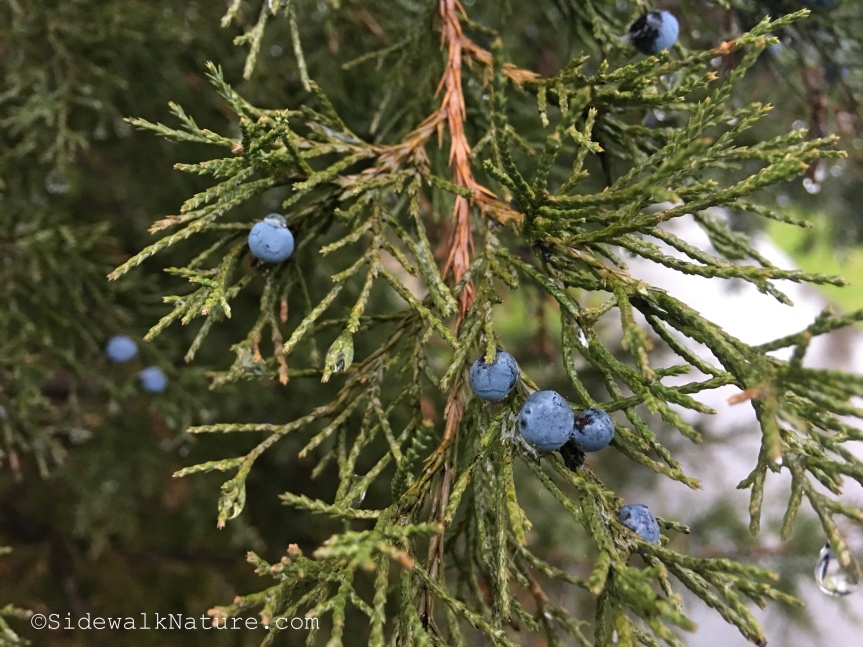“But it’s pretty!” is how some gardeners defend the English ivy and Wintercreeper climbing (and killing) trees.
“Pretty” = evergreen, even in winter.
But it’s not pretty THIS winter, thanks to the deep freeze that browned even these invasive vines.
So, now is the perfect time to kill these killers.
As a friend noticed last month, the vines “already look like sh*t,” so people “have nothing to lose by cutting the stems.”
Cutting the stems can save our trees,
and save our neighborhoods from millions of new invasive seeds each year.
Cutting is fast, easy, and cheap.
Why cut? and How to cut?
Let Margie Hunter tell you, step by step.
Margie is on the board of the Tennessee Invasive Plant Council, is the author of Gardening with the Native Plants of Tennessee, is a founder of the Tennessee Naturalist Program (where she creates curriculum and teaches), and is a Conservation Communicator of the Year. And, she’s a neighbor!
(For a printable PDF version of Margie’s article, scroll to the end.)
Now is the Time to Free the Trees!
by Margie Hunter, for the HWEN newsletter
Hillsboro-West End Neighborhood received a wonderful holiday gift in December — frigid temperatures killed the foliage of the English Ivy and Wintercreeper vines climbing our trees — presenting a unique opportunity to cast off their arboreal tyranny without suffering the sad sight of slowly wilting leaves.
Why should we remove these vines from our trees?
Continue reading “Free the Trees” →

















